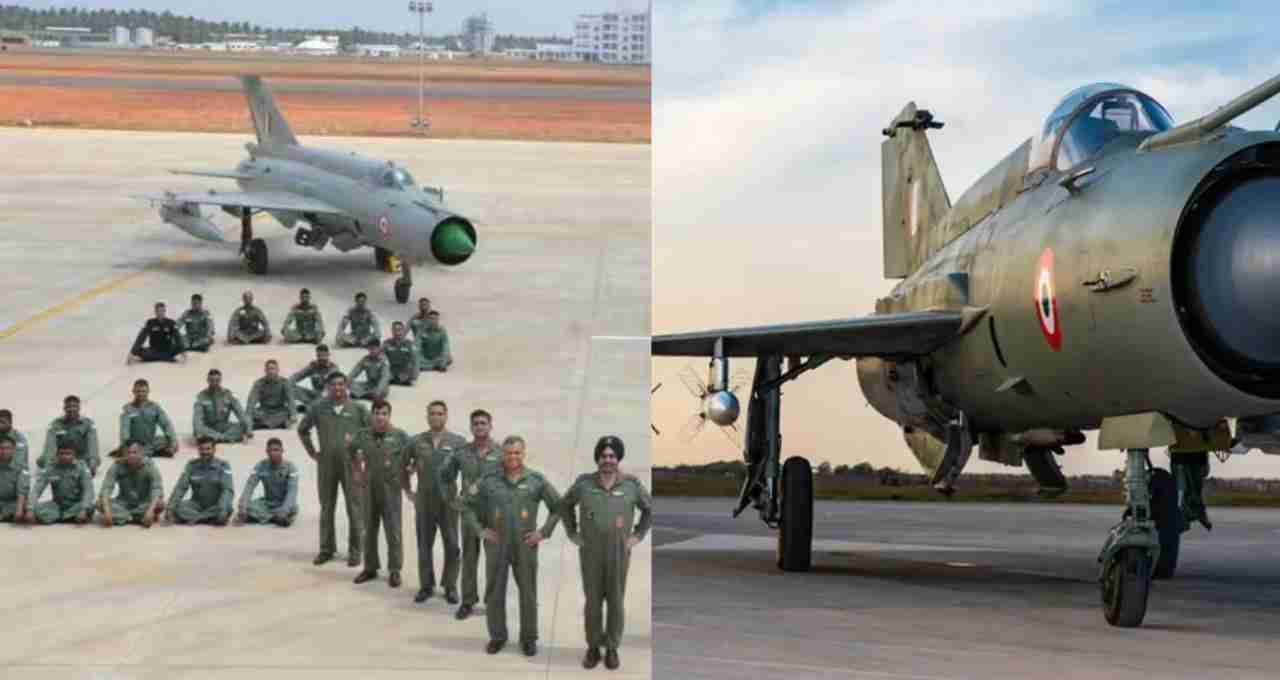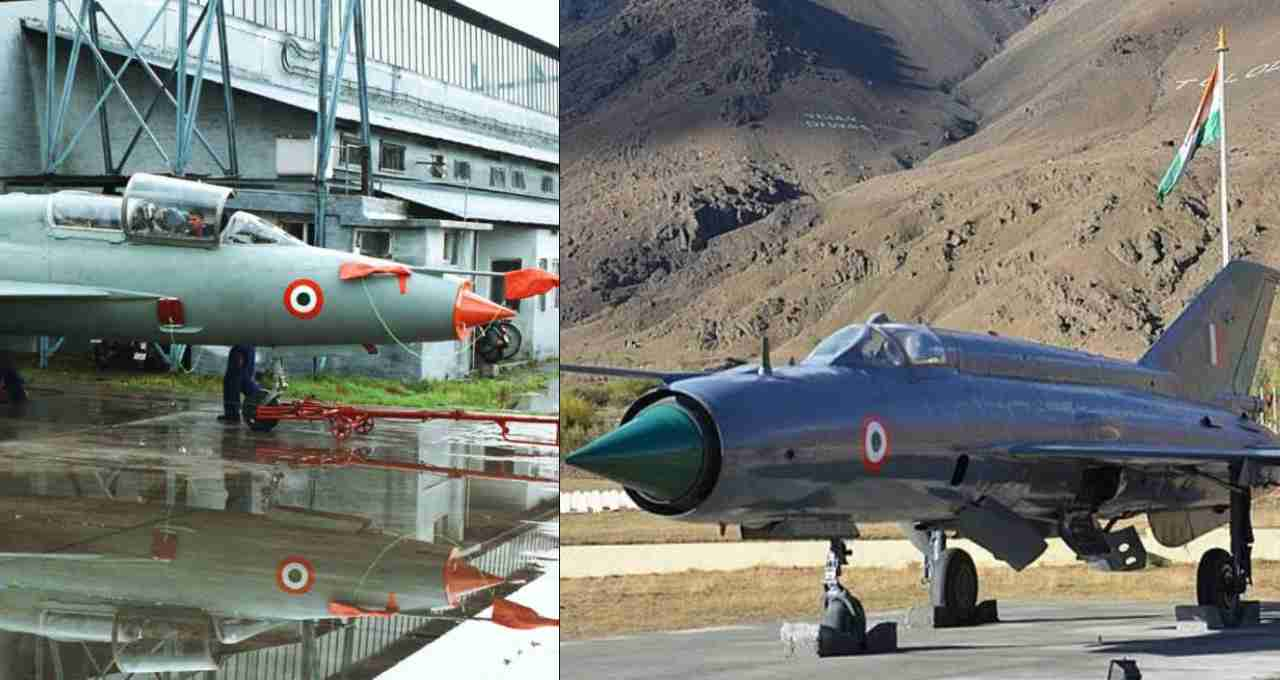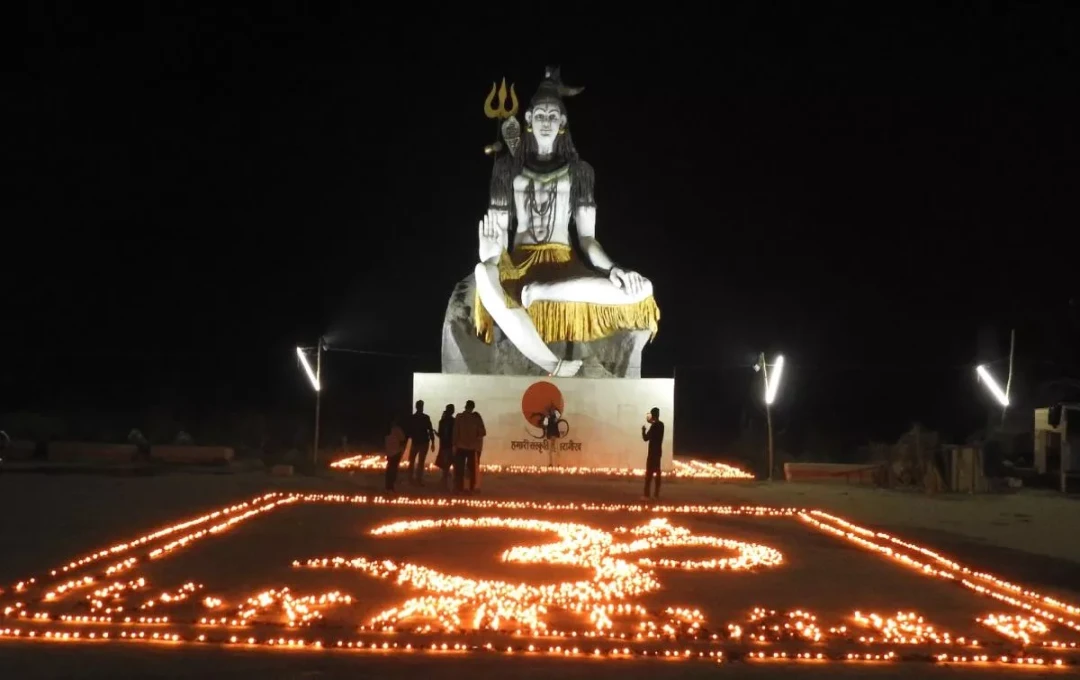The Indian Air Force's first supersonic fighter jet, the MiG-21, is finally retiring. After 62 years of service, it will be replaced by the Tejas Mk1A.
MIG-21 Retirement: The Indian Air Force's oldest fighter jet, the MiG-21, is now permanently retiring from service. On September 19th, the MiG-21 will fly for the last time at Chandigarh Airbase. After this, it will be officially retired from the Indian Air Force. This fighter aircraft has been a part of the Indian Air Force since 1963, and it will now be replaced by the indigenous fighter jet Tejas Mk1A.
Entry of MiG-21 into the Indian Air Force
The MiG-21 is a supersonic fighter jet made in the Soviet Union. In 1963, India inducted it into the Air Force on a trial basis. At that time, it was India's first supersonic fighter jet, capable of flying faster than the speed of sound. Gradually, it became the backbone of the Air Force. India purchased several variants of the MiG-21, such as Type-77, Type-96, BIS, and Bison. In total, more than 900 MiG-21s were inducted into the Indian Air Force fleet, of which 660 were manufactured in the country by HAL.

Role of MiG-21 in Important Wars
In the 1965 Indo-Pak war, the MiG-21 participated in the battlefield for the first time. It gave tough competition to Pakistani fighter jets. In the 1971 war, the MiG-21 played a major role in liberating East Pakistan.
In the 1999 Kargil War, the MiG-21 flew at night to locate enemy positions and launched attacks with the help of simple GPS and stopwatches. The credit for shooting down Pakistan's F-16 aircraft after the 2019 Balakot strike also goes to the MiG-21 Bison and Group Captain Abhinandan Varthaman.
MiG-21's Strength and Weapon System
The MiG-21 has four hardpoints. It can be equipped with air-to-air missiles like R-60 and R-73. This fighter jet can intercept enemy aircraft in the air. However, its technology is not as modern as Rafale or Su-30MKI. Its radar system and data processing are limited. Yet, it remained a major threat to the enemy.
What was the Bison Version?

The MiG-21 was upgraded in India to the MiG-21 Bison. It was equipped with modern radar, GPS, communication systems, helmet-mounted sights, and missile systems. This version remained in service for the last two decades. But its age and design limitations were now becoming apparent.
How it got the name 'Flying Coffin'
Although the MiG-21 played an important role in many wars, continuous accidents tarnished its image. Over the past 60 years, more than 500 MiG-21s have crashed. These crashes resulted in the death of more than 200 Air Force pilots and 60 civilians. That's why it came to be known as the 'Flying Coffin' and 'Widow Maker'.
There were several reasons behind this. First, its old design, which has become outdated according to today's standards. Second, maintenance difficulties, and third, sometimes pilot error or lack of training.
Why didn't Tejas arrive on time?
The plan to retire the MiG-21 was to be completed by 2022, but this was not possible due to delays in the delivery of Tejas. The supply of the GE-F404 engine, which is necessary for the Tejas Mk1A, was to come from the US. Due to supply chain problems, this could only start in March 2025. So far, only two engines have arrived in India. There is a possibility of getting two engines every month till March 2026.
Apart from this, the testing and certification of the new systems like AESA radar, electronic warfare system etc., which were added to the Tejas Mk1A, also took time. HAL has started two lines for the production of Tejas in Bangalore and Nashik.
Tejas will replace MiG-21

Now, the indigenous Tejas Mk1A will replace the MiG-21. Designed and manufactured by HAL and ADA, up to 220 units of Tejas will be inducted into the Indian Air Force. This new aircraft is not only safer and more capable than the MiG-21, but also better for modern warfare technology.
Where is MiG-21's final deployment?
At present, only 36 MiG-21 fighters are left in the Indian Air Force fleet. These are deployed in Bikaner and Suratgarh, Rajasthan. They are called Cobras (Number-3 Squadron) and Panthers (Number-23 Squadron). The official retirement ceremony of MiG-21 will be held on 19th September at Chandigarh Airbase with the final flight.
MiG-21 Accidents After 2021
5 January 2021: Suratgarh, pilot safe
17 March 2021: Gwalior, Group Captain martyred
20 May 2021: Moga, pilot died
25 August 2021: Barmer, pilot safe
25 December 2021: Barmer, Wing Commander Harshit Sinha died
28 July 2022: Barmer, two pilots died
8 May 2023: Hanumangarh, pilot safe, civilians died















